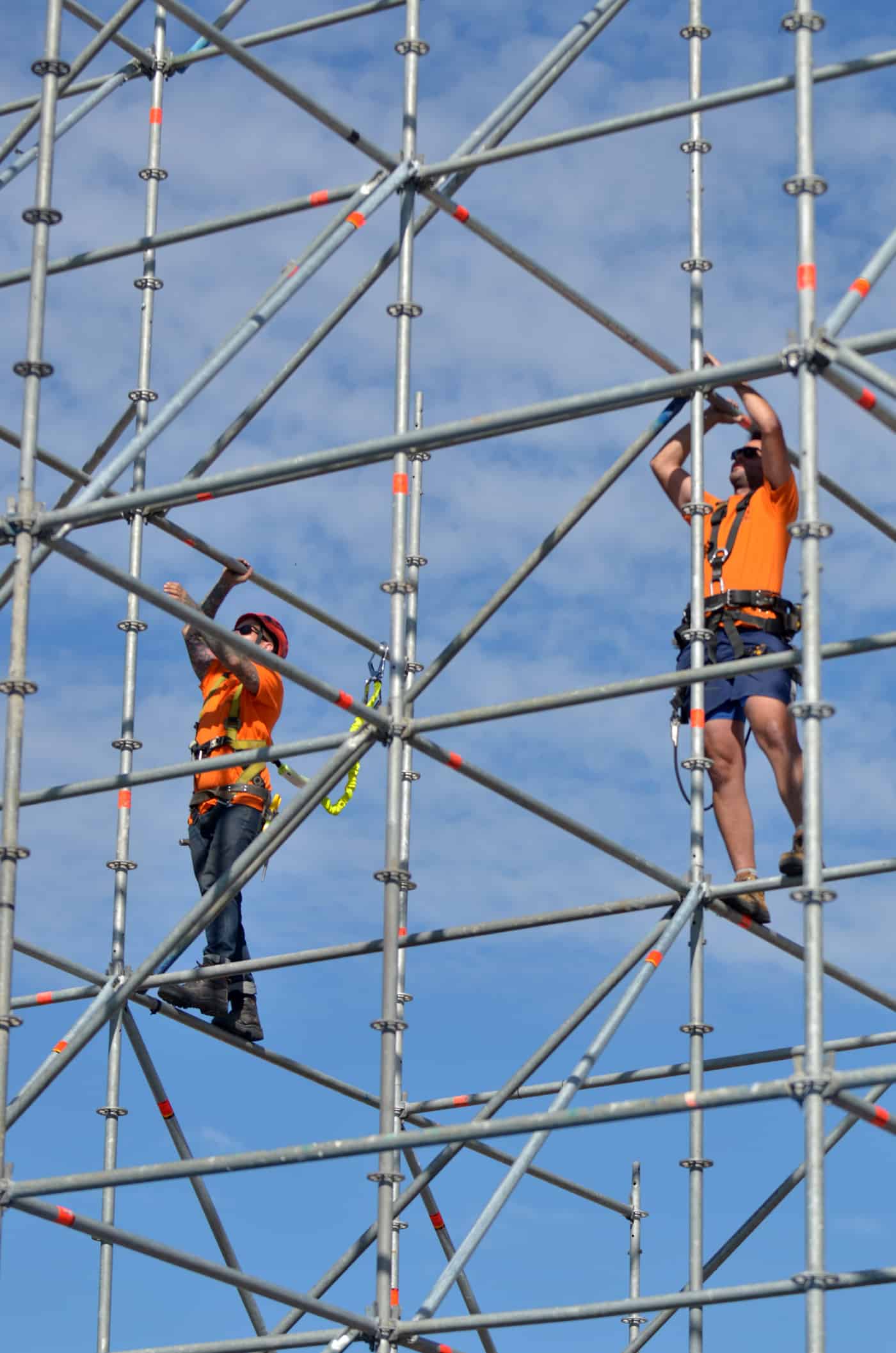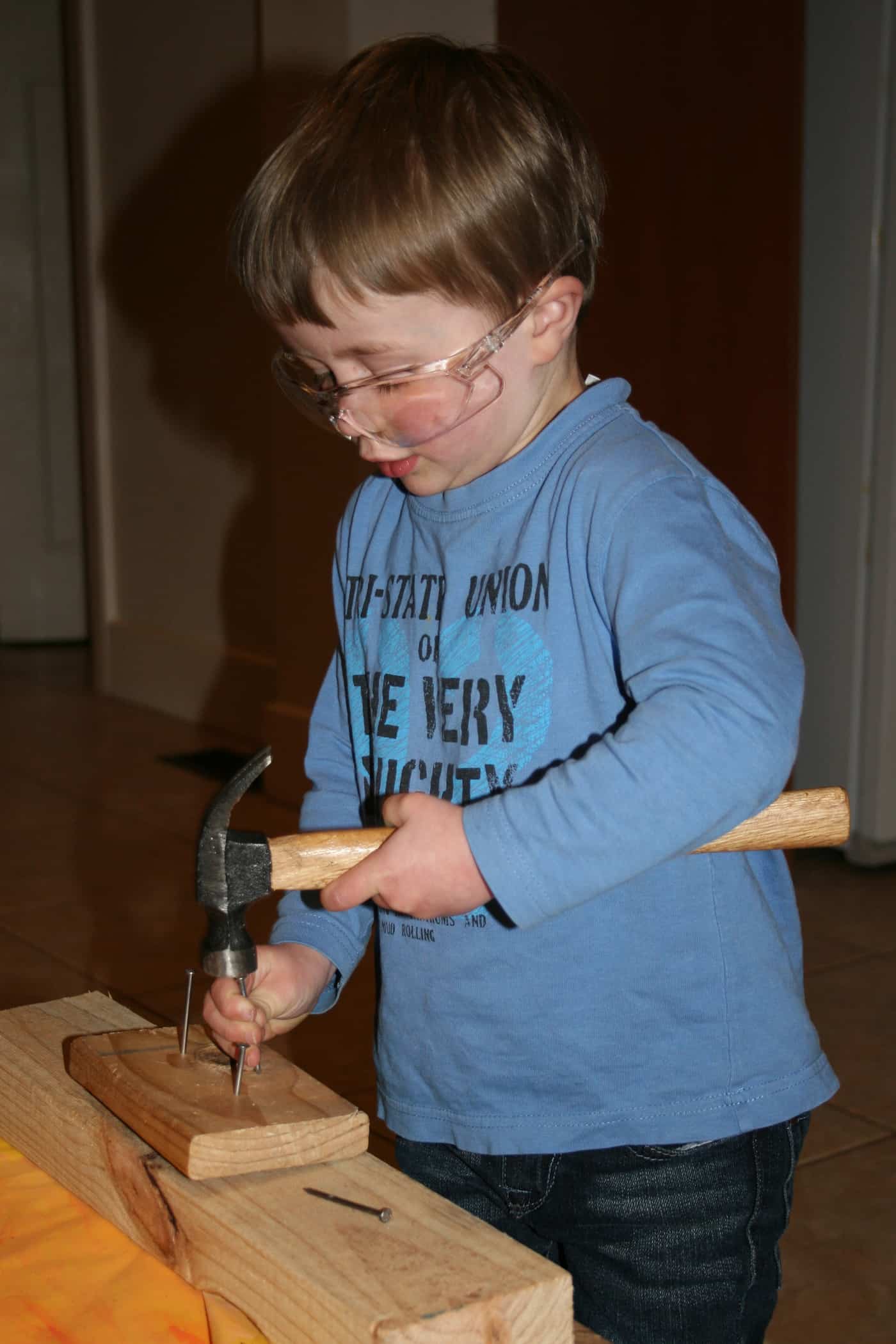
In a small article on the ABC news site, Professor Peng Bi of the University of Adelaide said occupational health and safety laws needed a review to accommodate the changing climate and
“I reckon some regulations should be set up to get employers to pay [fresh] attention to the occupational health and safety of their employees…”
Contrary to Professor Peng Bi’s request, Australian worksites have done much to accommodate the changing climate conditions and to maintain productivity, primarily, in relation to excessive heat exposure by working within the existing occupational health and safety (OHS) legislation. This is not to say more should not be done.
The risks associated with working in heat are well established and recognised by Safe Work Australia and State safety regulators but the advice often focusses on personal changes such as ensuring there is adequate hydration or that jobs should be rotated or that long-sleeved shorts are worn. The amplification of these conditions due to climate change is foreseeable so what should employers, companies and OHS regulators do?


 I was reminded of my colleague’s regrets when someone on a construction site recently asked for my opinion on some pictures of her son, at a childcare centre, hitting some nails into a block of wood. The boy (pictured right, at home) was wearing safety glasses, albeit a little large; the “work area” was separated from the rest of the children and the boy was supervised at all times by a child care worker. I was told that some of the parents had expressed concern that such an activity should not be happening in a childcare centre due to the potential risk to other children.
I was reminded of my colleague’s regrets when someone on a construction site recently asked for my opinion on some pictures of her son, at a childcare centre, hitting some nails into a block of wood. The boy (pictured right, at home) was wearing safety glasses, albeit a little large; the “work area” was separated from the rest of the children and the boy was supervised at all times by a child care worker. I was told that some of the parents had expressed concern that such an activity should not be happening in a childcare centre due to the potential risk to other children.